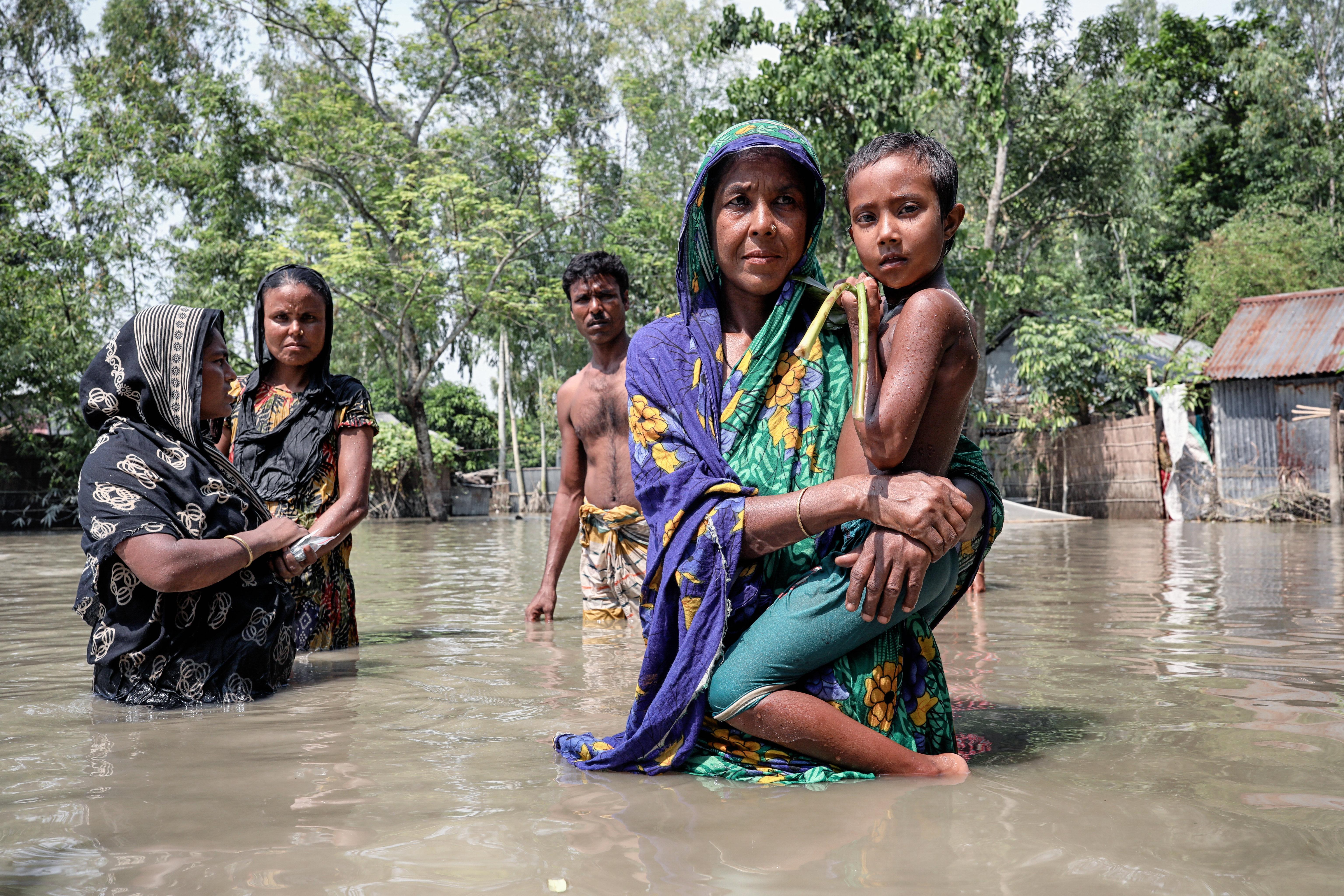
For the first time last week, global temperatures rose beyond the critical 2-degrees-Celsius threshold. Without drastic action, the UN has warned of catastrophic consequences for people and planet. Air pollution is one of the leading causes of disease and premature death, killing 6.7 million people globally per year, many through indoor household air pollution from unclean cooking fuels, which affects more women and girls due to their disproportionate unpaid care and domestic work responsibilities. But exactly how many more are affected is still unknown, illustrating one of the many gaps in data about the intersections of gender and the environment.
The systematic lack of gender data prevents a full understanding of the challenges related to gender equality and the environment and the adequacy of solutions. Only 10 of the more than 90 Sustainable Development Goals with environment-related indicators have a gender angle and, among those, data are only available for two. Similarly, data on the few, if any, gender indicators in global monitoring frameworks – such as the Sendai Framework for Disaster Risk Reduction, the Global Set of Climate Change Indicators, or the Kunming-Montreal Global Biodiversity Monitoring Framework – are almost completely lacking for most countries.
Gender data are an essential accountability tool, driving gender-responsive environmental policies and programmes. Without timely and detailed gender data, the different needs and experiences of women and girls, and their contributions to the well-being of societies, will remain hidden. Moreover, policies based on limited or gender-blind data are bound to have little impact.
To address this, world leaders and negotiators need to ensure that gender equality is firmly anchored in all negotiations and outcome documents at the upcoming United Nations Climate Change Conference (COP28), which begins on 30 November in Dubai, United Arab Emirates. Starting today, UN Women and partners are co-convening the Counting on a Sustainable Future global conference on gender and environment data, which will yield a call to action for concrete steps to close data gaps and inform global efforts.
Four key issues require concrete commitments.
Increasing the production of timely gender-environment indicator data for monitoring, research and predictive analysis: With timely data on gender-sensitive indicators, the gendered impacts of climate change and of national environmental policies and programmes can be measured and we can use predictive analysis to sound the alarm on upcoming trends. For example, under the worse climate scenario, UN Women estimates that 158 more million women and girls will be in extreme poverty and 236 more million will experience food insecurity by 2050. Through methodological development, technical assistance to national statistical systems, training and adequate funding for data collection, high-quality data on the gender-environment nexus can be produced and used for policies to both advance gender equality and mitigate environmental catastrophe. Promising initiatives such as the survey to measure the nexus between gender and the environment, which has now been conducted in four countries and is planned in others for 2024, should be supported to meet the swelling demand.
Prioritizing intersectional data on the most vulnerable population groups: Just as women and men are affected differently by environment and climate change and disasters, different groups of women experience different consequences. For example, recent data from Tonga suggest that women are affected differently than men by climate change in ways related to their roles in society, which differ based on class, location, etc. For instance, an estimated 7 % of men living with their partners had to eat less to cope with the effects of climate change in Tonga, compared to 11 % of women living with their partners, and 16 % of single parents, both women and men. Understanding these differences is critical for effective environment policies but this requires data that are: disaggregated both by sex and other characteristics; specific to the circumstances of particular groups; and based on indicators that reflect these differentiated impacts.
Ensuring the use of gender data to inform environmental policies and actions: The value of gender data lies in their effective use to inform policies and programmes and monitor impact. Greater inclusiveness in decision-making about which data are produced, increased collaboration between data users and producers, and improved dissemination of gender data in more user-friendly formats are all positive steps. Promoting partnerships, knowledge and open data-sharing between different actors (including governments, academia, civil society and multilateral organizations) are also essential. To this end, a groundbreaking initiative by UN Women, the International Union for the Conservation of Nature, and the Kaschak Institute for Social Justice for Women and Girls at Binghamton University is developing a Gender Equality and Climate Policy Scorecard. It compiles gender-responsive government action on climate mitigation, adaptation and disaster-risk-reduction for a global repository to assess the gender-responsiveness and performance of national climate change policies.
Funding gender-environment data production and use: Donor funding for gender data has stagnated in recent years, despite increased investments for both statistics and gender equality. This limited funding is in direct contradiction to the scale of the needs and challenges. It is likely that gender-and-environment data are an even smaller piece of that shrinking pie. To ensure progress, governments, development partners and private sector stakeholders need to address the chronic underfunding of gender data and prioritize investments in gender-environment data collection, analysis, dissemination and use, alongside increasing broader investments in gender data.

